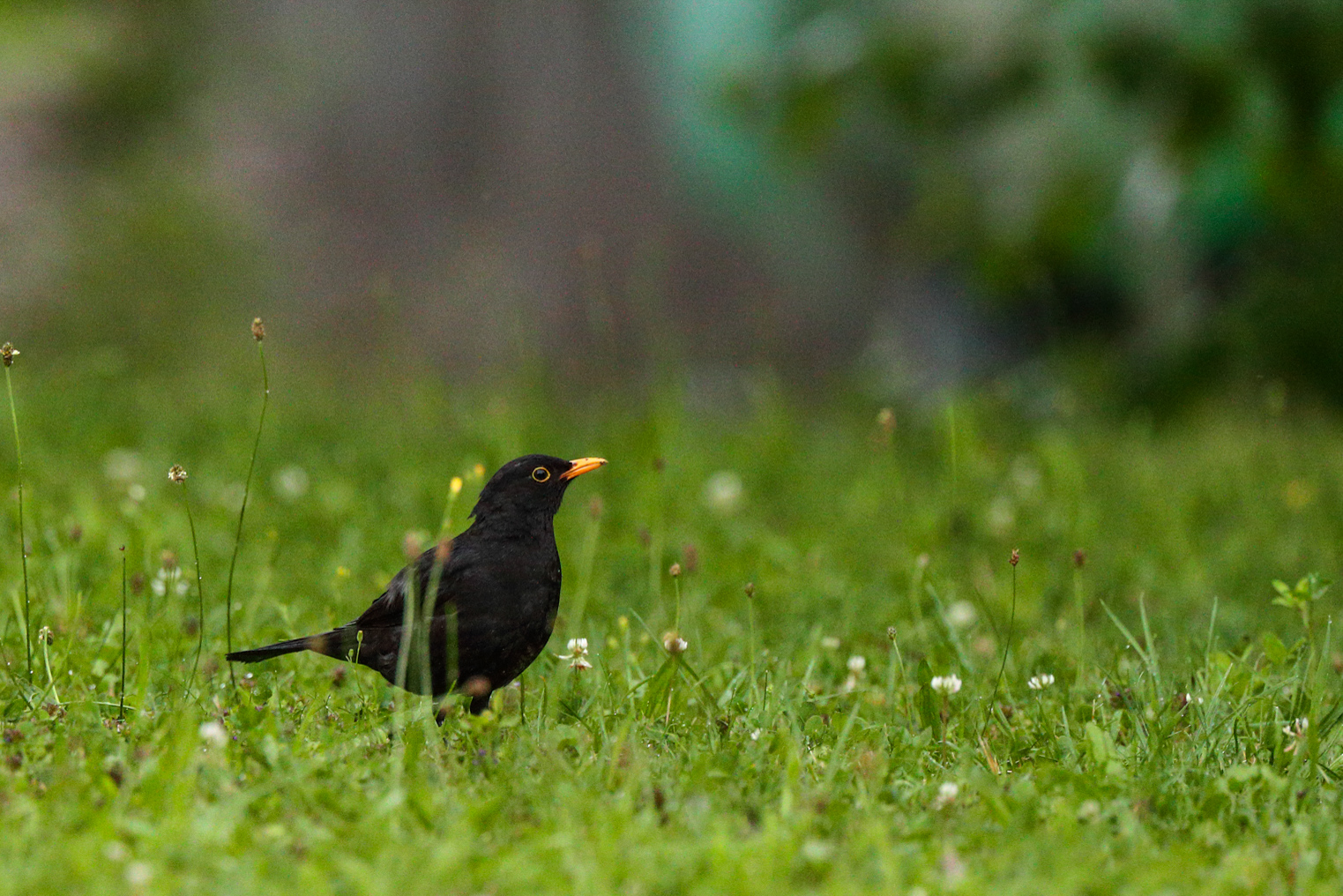News

Groundbreaking Study: The Overall Energy Expenditure Same Between Migrant and Resident Songbirds
A groundbreaking study performed by a group of researchers from Max Planck and Yale University caught the eye of the world earlier this fall when the latest information in an ongoing study was released, using Star-Oddi physio-loggers. The world press made the result accessible to the public worldwide in prominent publications, New York Times and Newsweek.
The research found that migratory lifestyle carries no added energy cost overall for partial migratory songbird. Migration is seen worldwide and is an impressive marvel performed by many bird species in the attempt to increase survival during winter by migrating to milder regions. How and when the birds “know” or realize that migration is beneficial to their overall energy expenditure has been in the dark, as it has been impossible to measure and quantify the dynamic energy consumption of birds in the wild over long periods of time. How did the researchers manage to do this?
Heart-rate measured every 30 minutes for 9 months
In the fall of three consecutive years (2016-2018) scientist at the Max Planck Institute of Animal Behavior, Germany, and Yale University, USA, captured and implanted 73 wild common blackbirds (Turdus merula) with Star-Oddi’s DST micro-HRT loggers. The birds were divided into two groups: a residents group of 54 blackbirds, and a migrants group of 19 blackbirds. The loggers were programmed to measure heart rate every 30 minutes, and each measurement was graded with a Quality Index. The ECG raw data was measured every 60 hours and used for verification of data quality. The birds were also fitted with radio transmitter backpacks to monitor status, timing of departures and arrivals among other things. These individuals were then recaptured in the following spring.
No overall differences between migrants and residents in total energy spent
It was observed that overall energy expenditure does not vary between the two groups, and it is deduced that the strategic allocation of energy to specific biological processes differs between the migrants and residents. The most apparent change in energy was seen with future migrants that showed nocturnal lowering of body temperature up to 28 days before fall migration, and heart rate as departure approached (see graphs from fig 2 below).

From fig. 2 in the article, show the lowering of body temperature and heart rate prior to migration.
Energy expenditure not downregulated in the time before spring migration
In contrast to fall, little evidence was found of pre-migratory metabolic changes in the time leading up to spring migration. Specifically nocturnal thermoregulatory downregulation was not observed as was so clear in the time leading up to the fall migration.
Further results can be found in the paper published in Nature Ecology & Evolution and can be found here.